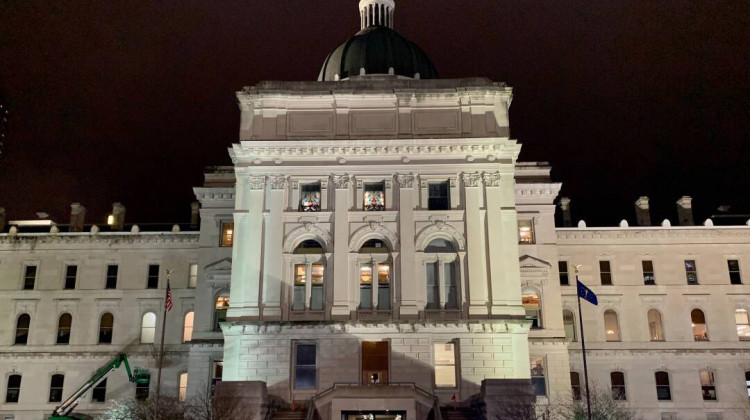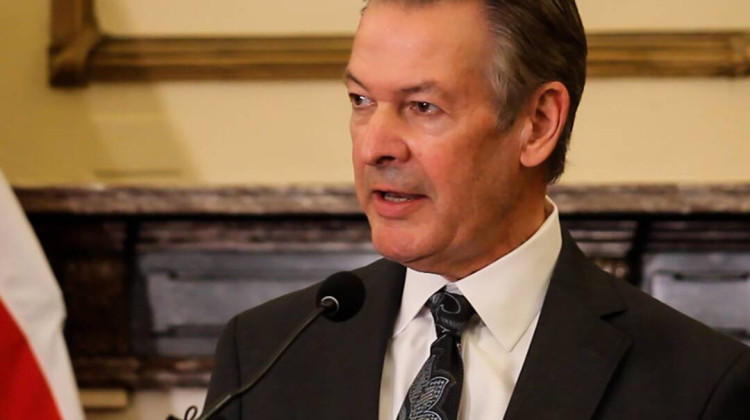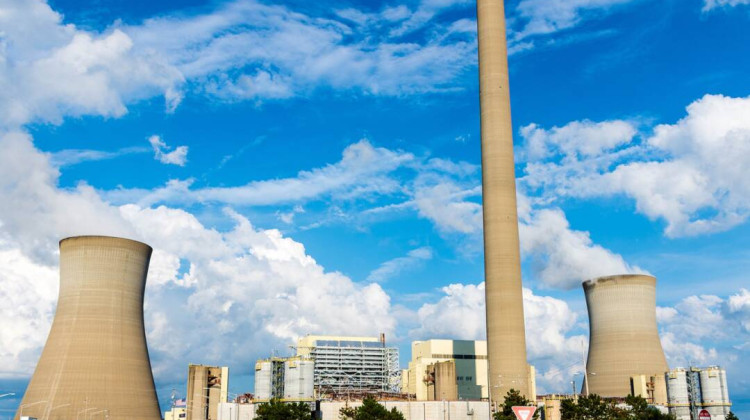
Indiana University's Gabriel Filippelli said companies can "trade" credits and quotas. But this can burden local communities that are buying more emission credits.
Justin Hicks / IPB NewsHow do environmental emission “quotas” work and how do they affect communities around the state? One member of our audience was curious.
Gabriel Filippelli is the executive director of the Indiana University Environmental Resilience Institute. He said environmental emission quotas determine how much carbon a corporation is allowed to emit. Filippelli said companies can “trade” credits and quotas.
“If you're in an industry that emits more carbon just because that's simply the type of the industry, you can buy credits from industries that emit less carbon,” he said.
Filippelli said this can help to reduce emissions long term. However, he said this can burden local communities that are buying more emission credits.
“They’re usually very local,” he said. “So, if you are allowed to basically buy off your emissions or in other words, allowed to continue emitting, if you're willing to buy credits from a company that doesn't, then the communities around you continue to be burdened with that environmental pollution.”
READ MORE: Which Indiana communities are most vulnerable to climate change?
Join the conversation and sign up for the Indiana Two-Way. Text "Indiana" to 765-275-1120. Your comments and questions in response to our weekly text help us find the answers you need on climate solutions and climate change at ipbs.org/climatequestions.
Filippelli said companies who are emitting more carbon should be cognizant of the effects this may have on the communities around them.
“If you're thinking about the state of Indiana in particular, I think you have to be really sensitive about where those emitters are and what communities around them are being affected by that,” he said.
Violet is our daily news reporter. Contact her at vcomberwilen@wfyi.org or follow her on Twitter at @ComberWilen.
9(MDAyMzk1MzA4MDE2MjY3OTY1MjM5ZDJjYQ000))
 DONATE
DONATE








 Support WFYI. We can't do it without you.
Support WFYI. We can't do it without you.